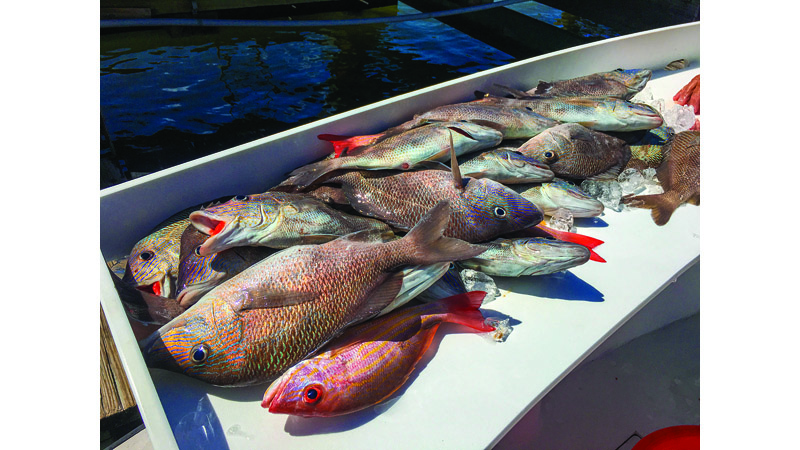Nearly 40 members of Congress, including Louisiana’s delegation, penned a letter to U.S. Department of Commerce Secretary Gina Raimondo last week urging her to direct the National Marine Fisheries Service to improve the science behind how the agency sets limits on red snapper harvest.
The letter alleges proposed rules from NOAA Fisheries that concluded public comment on July 28 decreases the percentage of Gulf of Mexico red snapper that anglers can catch relative to the sustainable limit.
The proposed rule changes would also implement a “data calibration framework” designed to create a single currency among the various ways states monitor landings for the “state annual catch limit,” resulting in a reduction for some states and increases for others.
The proposal would increase the overall red snapper overfishing limit from 15.5 million pounds to 25.6 million, while increasing the acceptable biological catch from 15.1 million to 15.4 million.
The proposed calibration would increase the state annual catch limit in Louisiana and Florida by 50,000 and 100,000 pounds, respectively, while the limit in Alabama would drop by about 586,000 pounds and Mississippi’s limit would decrease by about 95,000 pounds. Texas’ annual catch limit would remain unchanged.
“There is no negative for us because with our calibration ratio we actually see an increase in the allowable catch from what our current number is,” Jason Adriance, finfish program manager for the Louisiana Department of Wildlife and Fisheries, told The Center Square.
“This proposed rule ignores the (Gulf Fishery Management) Council and Congress’s intent. When the Gulf Fishery Management Council adopted the calibrations in 2021, it intentionally delayed calibration so NMFS could propose more accurate ways to incorporate the States’ data. To further that work, Congress appropriated $2 million for NMFS to research an effective calibration solution,” the letter read. “By requiring the States to calibrate their more accurate—and NMFS certified—catch data to an outdated and fundamentally flawed MRIP, NMFS has failed to find an effective solution and is not making decisions based on the best available science while refusing to appropriately integrate the new data.”
Lawmakers also contend NMFS is ignoring new data in the Great Red Snapper Count by reducing catch limits from 97% of the sustainable limit to roughly 60%. The Great Red Snapper Count documented roughly three times as many fish as NMFS previously recognized.
NOAA Fisheries explained in its request for comment on the proposed rule changes that federal officials did not significantly increase the sustainable limit with the new information because analysis found many of the fish are in low densities in areas known as “uncharacterized bottom,” rather than “hard bottom” areas typically targeted by anglers.






